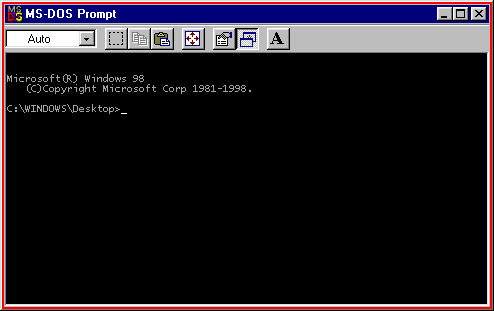The apparent economic plan of Tesla is to take as much money from customers before killing them so they can’t complain about being swindled. This is the latest insight from their CyberTruck fiasco.
Repeatedly this car company has demanded an advance fee based on future promises, amassing wealth without delivering, and then customers end up burned to death in the products made significantly below par let alone promises.
What did the Tesla promise of the “safest car on the road” mean in reality? The least safe.

I posted that graphic and news in 2021, and eventually the mainstream press picked it up. Washington Post, for example, realized basically nearly all crashes and every death in the NHTSA data on ADAS is from Tesla.

Likewise, the CyberTruck is being constantly cartoonishly billed as a survival concept. Yet in reality it can’t handle even the most basic threats like a bump in the road. Literally, its under-engineered control arms and axles (or more) trivially fail.

Things are different now for Tesla however, as economists and financial analysis are starting to say the cruel market truth out loud, the advance fee fraud scheme is fraud.
…why bother selling [new vehicles] at all? Why not leave it as a concept? Quite a few analysts say the thing would be more valuable to Tesla dead than alive; Jefferies’ Nitij Mangal argued earlier this month that cancelling the project would be “climbing out of self-dug holes”.
When Tesla took millions in advance payments on the Roadster, the Semi and the Truck it likely didn’t care at all whether it could ever actually deliver. Deadlines passed years ago for hundreds of thousands of units and yet… no penalty, just attention and more investing in a future that will never come.
The total units delivered for all three is under 100 total, most of which have been failing or are failed. It takes three Tesla Semi and a diesel Semi towing them to do the work of one Volvo or Mercedes. Seriously.
The Tesla CEO told Wall Street he didn’t believe in concept cars, as a kind of promise that his company always would deliver whatever it dreamed. That presumably was his way in 2017 to prime victims into putting $250,000 in his hands for a Roadster fraud.
Did you like the new Tesla Roadster so much that you want one of the first ones in 2020? That’ll be $250,000 up front, like right now, thank you very much.
Did you catch that “first ones in 2020”? It’s basically 2024 and there’s no signs of a Roadster.
Smart bets are this Roadster will never be produced at scale at all, just like the doomed CyberTruck.

Turns out Tesla is the exact and cruelest opposite of whatever they promise. Kind of like when Hitler said he would never be so barbaric as to use the guillotine, right before he ordered them installed in every prison to behead 16,000 people who would dare to call him a liar.
Tesla presumably wants nothing alive because of how that represents accountability, much like any criminal organization extracts wealth illegally and operates above the law. The actual delivery of its late and short products, and the witnesses to such crimes, pose a direct threat to Tesla… because evidence.







